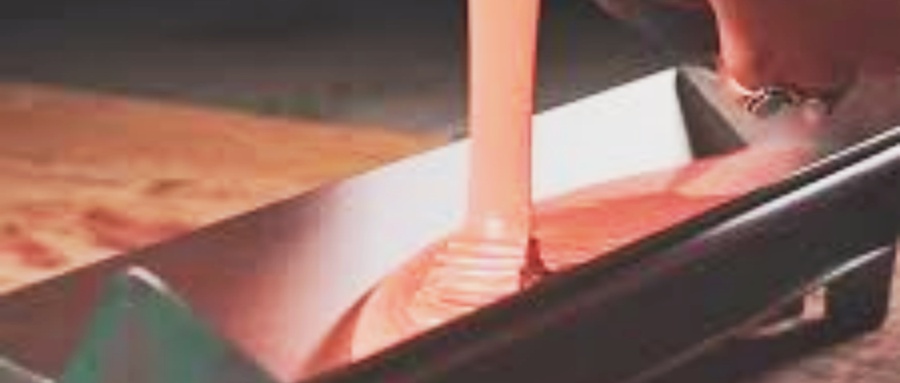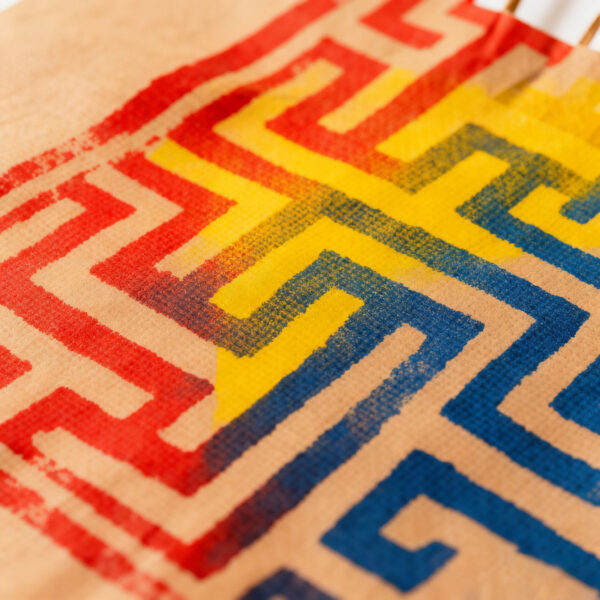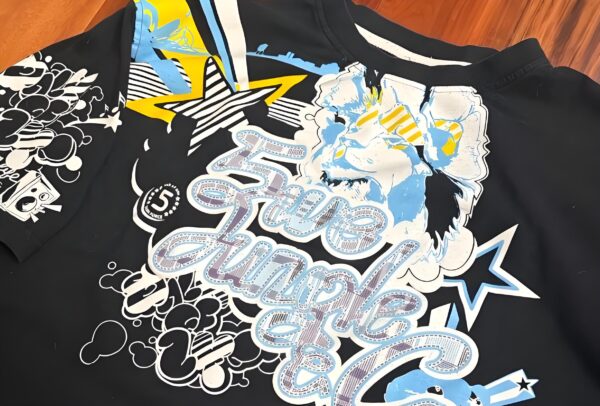Explore 6 proven techniques using SHALITEINK plastisol ink remover to clean surfaces and fabrics effortlessly. Master the art of removing.
Table of Contents
What Breaks Down Plastisol? Unlocking the Secrets
When it comes to tackling plastisol ink, the burning question is: what actually breaks it down? Plastisol ink, a PVC-based formula, cures into a tough, waterproof layer that’s notoriously hard to remove. Enter SHALITEINK plastisol ink remover, a game-changer designed to dismantle the ink’s chemical structure with ease. For those who prefer heavy-duty solutions, solvents like methylene chloride, toluene, and xylene are your go-to options. If you’re leaning toward eco-friendly alternatives, citrus-based solvents can do the trick, though they might need a bit more elbow grease. Always test SHALITEINK plastisol ink remover on a small patch first to ensure it’s safe for your material.
What’s the Best Solvent for Plastisol Ink? The Inside Scoop
If you’re searching for the ultimate solvent to tackle plastisol ink, look no further than SHALITEINK plastisol ink remover. Packed with powerful ingredients like methylene chloride, which penetrates the ink’s surface, or toluene, known for dissolving PVC-based materials, this remover gets the job done. Xylene is another star player, softening cured plastisol ink like a pro. For milder options, acetone or mineral spirits can work, but they’re not as efficient. When using SHALITEINK plastisol ink remover, always prioritize safety—gloves and a well-ventilated workspace are a must. These solvents not only deliver results but also protect your screens and fabrics from damage.
What Dissolves Printing Ink? Tried-and-Tested Methods
Printing ink, especially plastisol, can be a tough nut to crack, but there are several ways to dissolve it effectively. A SHALITEINK plastisol ink remover is your best bet, as it’s specifically formulated to target the PVC and plasticizers in the ink. For DIY enthusiasts, a mix of acetone and mineral spirits can soften the ink, though it might take a few tries. Heat is another handy tool—using a heat gun or iron to warm the ink makes it easier to scrape off. But for consistent, hassle-free results, a dedicated SHALITEINK plastisol ink remover is the way to go. Always test your method on a small area to avoid any mishaps.
What Solvent Works Best for Screen Printing Ink? Top Picks
Screen printing ink, particularly plastisol, demands a strong solvent for effective removal. A SHALITEINK plastisol ink remover is the top choice, as it’s specially designed to break down the ink’s structure. Other heavy hitters include methylene chloride and toluene, both highly effective but requiring careful handling. For a gentler approach, acetone can be used, though it might not fully remove cured ink. When using SHALITEINK plastisol ink remover, apply it with a brush or cloth, let it sit for a few minutes, and then gently scrape or wipe away the ink. Repeat if needed for a spotless finish.
What Dissolves Plastisol? DIY Hacks Worth Trying
If you’re into DIY solutions, there are a couple of methods to dissolve plastisol ink. First, heat can soften the ink, making it easier to scrape off. Grab a heat gun or iron, warm the ink, and gently remove it with a spatula. Second, a mix of acetone and mineral spirits can sometimes break down the ink, though it may require multiple applications. However, for guaranteed results, nothing beats a SHALITEINK plastisol ink remover. These products are tailor-made to handle plastisol ink effortlessly, saving you time and frustration.

Does Acetone Remove Screen Printing Ink? What You Need to Know
Acetone is a popular solvent for removing various types of ink, but can it handle screen printing ink? While acetone can soften plastisol ink, it’s not always the most effective solution. It often requires a lot of scrubbing and may not fully remove cured ink. For the best results, a SHALITEINK plastisol ink remover is your best friend. These removers are designed to break down plastisol ink quickly and efficiently. If you opt for acetone, always test it on a small area first to avoid damaging your material.
How to Safely Use SHALITEINK Plastisol Ink Remover: A Step-by-Step Guide
Using SHALITEINK plastisol ink remover can make your cleaning process a breeze, but safety is key. Follow these steps for the best results:
- Work in a well-ventilated area to avoid inhaling fumes.
- Always wear protective gear, including gloves, masks, and safety goggles.
- Read and follow the manufacturer’s instructions carefully.
- Test the remover on a small, inconspicuous area first to ensure compatibility.
- Dispose of used solvents and ink waste responsibly, following local regulations.
Final Thoughts
Removing plastisol ink doesn’t have to be a headache. With the right tools and techniques, you can achieve professional-grade results. A high-quality SHALITEINK plastisol ink remover is your ultimate ally for breaking down and removing stubborn plastisol ink from fabrics, screens, and other surfaces. Whether you’re a seasoned printer or a DIY enthusiast, investing in a reliable SHALITEINK plastisol ink remover will save you time and effort. Prioritize safety, follow the instructions, and you’ll have your materials clean and ready for your next project in no time.










